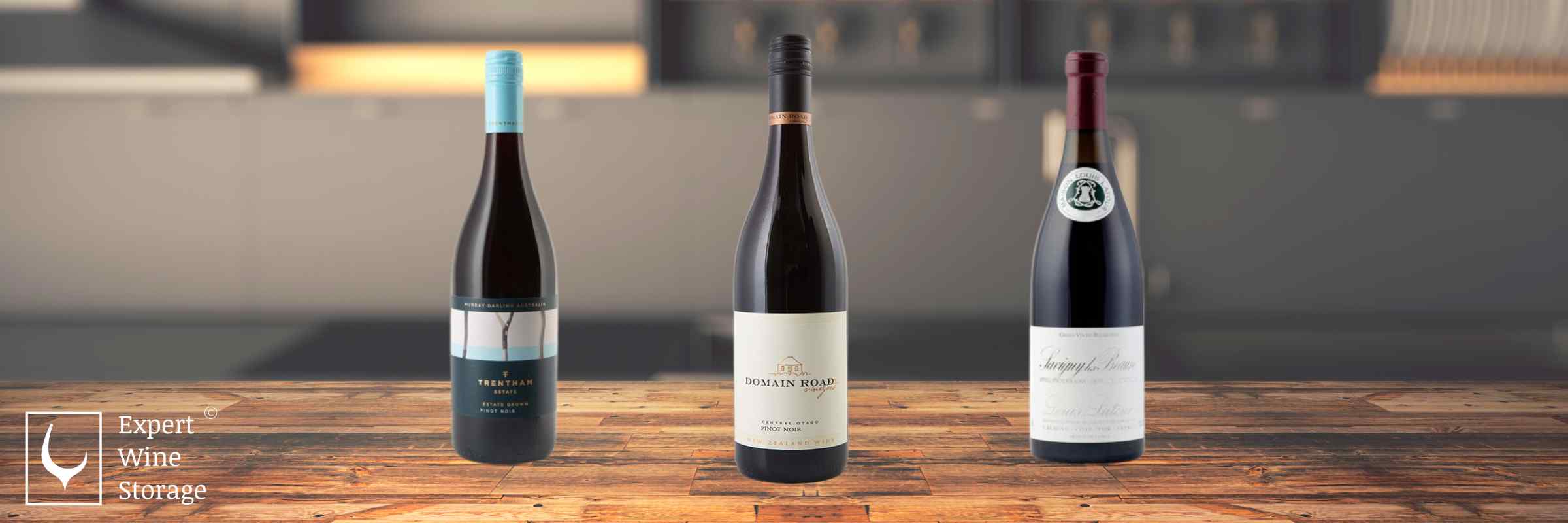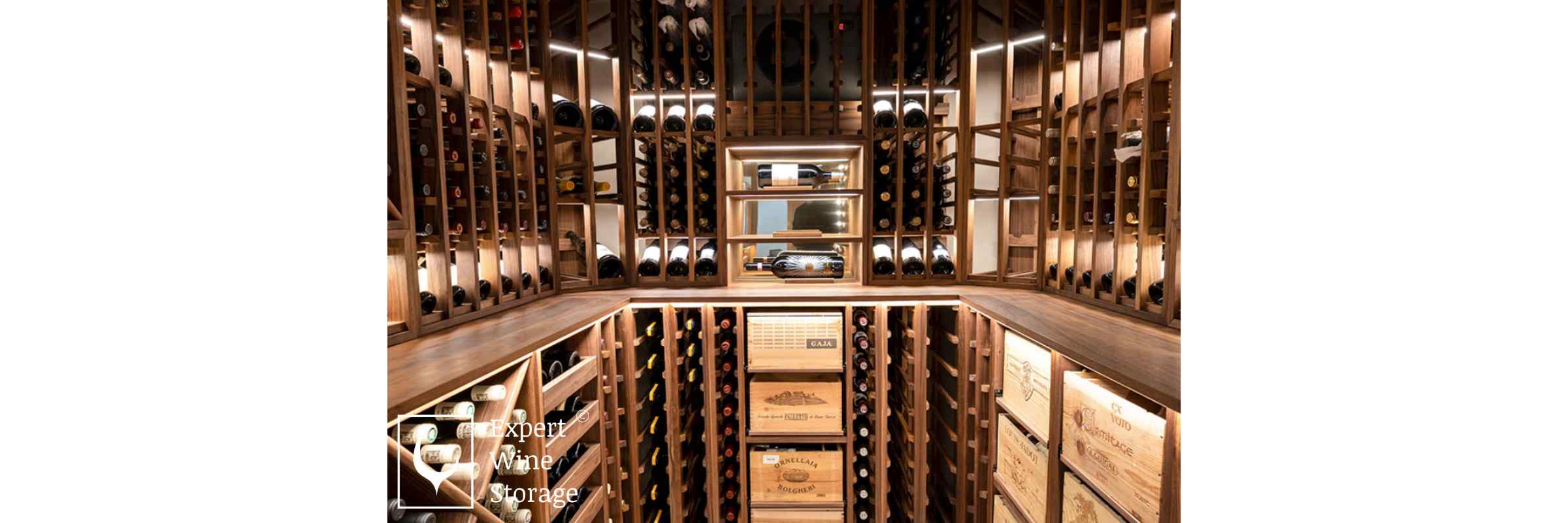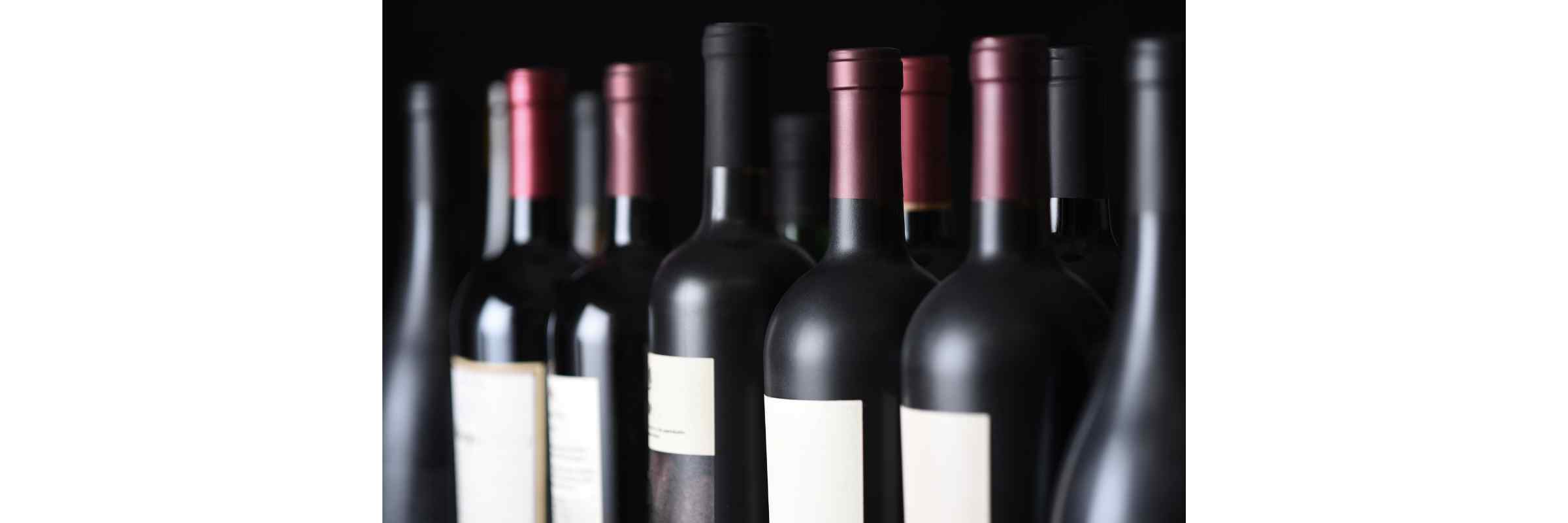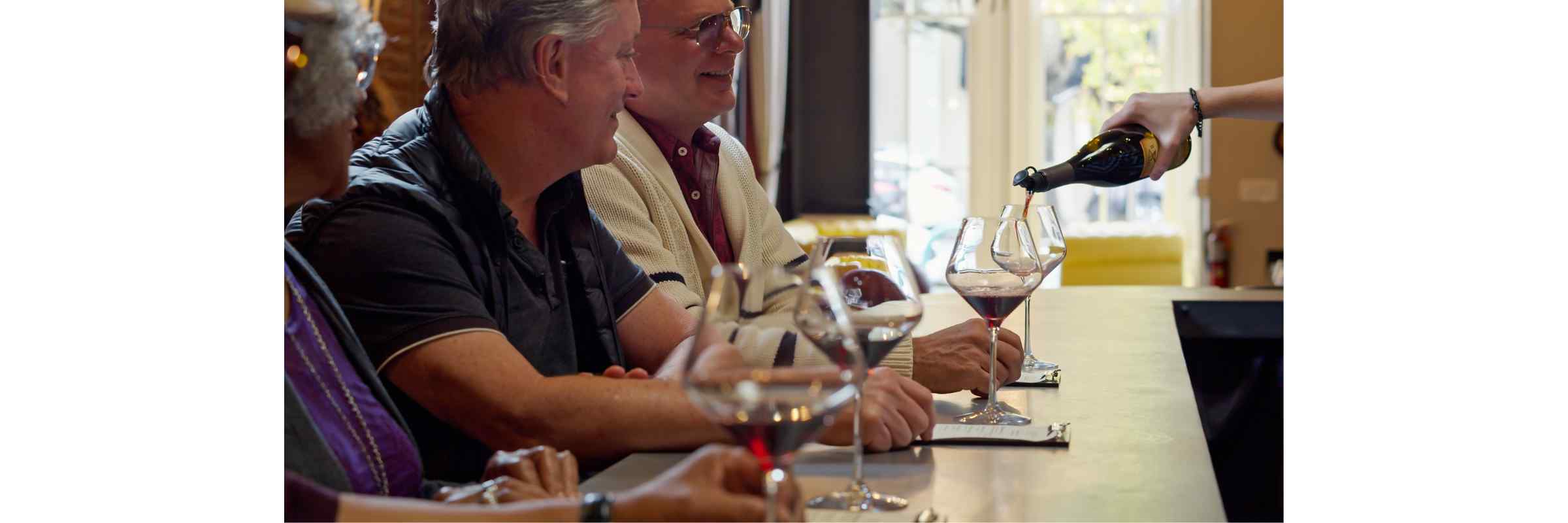Yes, Pinot Noir should be chilled. The ideal serving temperature for lighter-bodied red wines, such as pinot noir, is 55°F (13°C). Pinot Noir is best stored between 10-13°C (50-55°F).
Pinot noir is best served somewhat colder than room temperature, as with most red wines.
The Best Temperature to Serve Pinot Noir

Here are the best temperatures to serve pinot noir, depending on the type:
Pinot Noir Wine
Serving red wines at room temperature is often bad since the flavours can get lost when the alcohol takes over.
If your pinot noir is at room temperature, put it in the refrigerator for a few hours to bring it down to the proper serving temperature.
But remember, you will miss the more delicate flavours if the wine is too cold.
Read our comprehensive wine fridge buyers guide here.
Sparkling Rosé of Pinot Noir
Undoubtedly, it would be best if you served these exquisite types cold.
The bubbles won’t foam all over the show when you serve them at a temperature of 40 to 45 °F (4 to 7 °C).
Place the opened bottle of wine in the refrigerator before pouring more of it.
Rosé of Pinot Noir

When compared to their red cousins, rosés should be served colder.
You should chill your pinot noir rosé to 50°F (10°C). After you’ve poured a glass, you can either put it in an ice bucket or leave it on the table to sweat.
If the bottle is left on the table, the flavours and smells will gradually come into focus as you finish it.
The chilly temperature will highlight the acidity and subtle red fruit scents. If the fruit flavours seem muted to you, it’s probably too cold and needs to warm up for a minute or two.
It takes skill to serve and store pinot noir at the ideal temperature.
By doing so, the wine’s cranberry and earth notes may be fully preserved, creating the perfect harmony of fruity grapes, alcohol, and acid while also bringing out the wine’s complex taste profile.
While temperature alters none of its qualities, your palate may interpret them differently depending on the temperature.
Storage Temperatures for Pinot Noir

The wine’s flavour profile may change depending on how you store it.
Red wines like Pinot Noir are best stored between 10-13°C (50-55°F).
You should store pinot noir and other wines ideally in a temperature and humidity controlled environment, and away from light and vibrations.
Pinot noir is best kept in a wine refrigerator, which can control it at the ideal temperature and humidity for preserving it.
Long-term storage of wine at hot temperatures (often above 65°F or 18°C) might prematurely age the wine or cause the taste to deteriorate.
Storing wine at too low temperatures can also harm the wine. White wine and champagne in contrast, can be stored at 45°F (7°C).

Should You Put Pinot Noir in the Fridge?

Yes you should put pinot noir in a fridge, preferably a wine fridge.
While you can keep it at room temperature, you’d better serve it cold so people can fully appreciate its superb acidity and mild alcohol content.
How Long Should You Chill Pinot Noir?

Pinot Noir and Beaujolais are two examples of lighter-bodied wines with more acidity better served at a cooler temperature.
We advise placing them in the fridge about 90 minutes before you serve them.
Do You Need To Refrigerate Pinot Noir Once You’ve Opened It?
Yes, you should refrigerate Pinot Noir after opening it, just like you would with open white wine.
But a few days in the refrigerator might cause more delicate red wines, like Pinot Noir, to start tasting “flat” or less fruity.
5 Tips for Serving Pinot Noir (Serving Temperature)
 1. Optimal Temperature
1. Optimal Temperature
Pinot noir tastes best when served at a cool 12.8°C.
2. The Right Glass
To get the most out of your pinot noir’s nose or scent, sip it from a sizable bell-shaped glass
3. Bottoms Up
To retain pinot noir at its best, drink it within a day of opening
4. Don’t Decant
Pinot noir is suitable for serving straight from the bottle and does not require decanting
5. Age Gracefully
You can age pinot noir for a maximum of 8 years
Summary of Do You Chill Pinot Noir...
If you have any questions, leave them in the comments, or email us at info@expertwinestorage.co.uk
You can browse more posts on Wine Types here.
Expert Wine Storage can help you find a luxury wine fridge to store your precious wine collection.



 Author:
Author:
Leave a comment (all fields required)